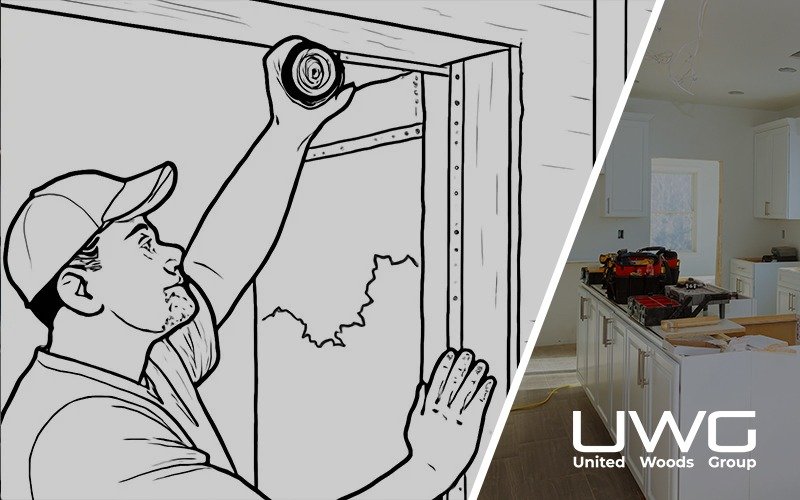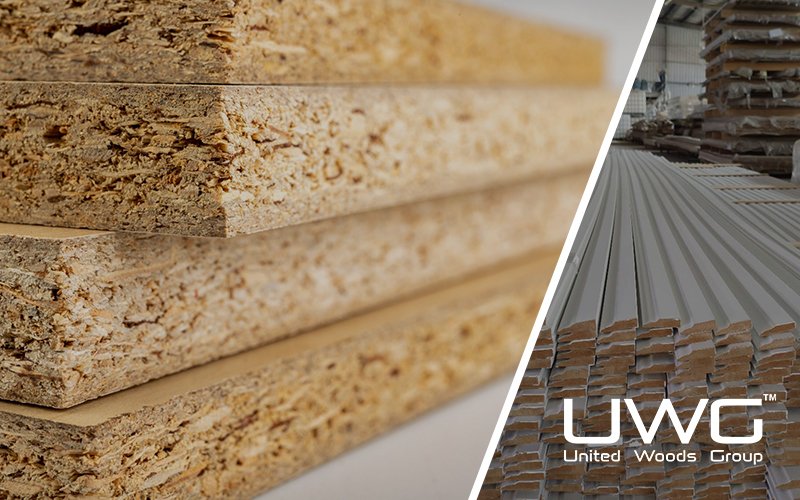Precision is everything in construction. One mismeasured inch can lead to a door that sticks, scrapes the floor, or never quite closes right—costing you time, money, and credibility. Whether you’re installing a new door or replacing an old one, getting the measurements right is the foundation for a flawless fit.But what exactly should you measure—and how can you be sure you’re doing it correctly?
Accurate door opening measurement requires more than just a quick width and height check—it’s a structured process. Begin by measuring the wall stud-to-stud width at the top, middle, and bottom, using the smallest reading. Then measure the height from the subfloor to the underside of the header on both the left and right sides, again taking the shorter value. Wall thickness should also be measured in several spots to determine average jamb depth. If casing is installed, remove it to expose the true rough opening. Use diagonal measurements to confirm the opening is square. Finally, always account for the door frame, shim space, and installation clearance to ensure the door fits seamlessly into the opening.
Step-by-Step Measurement Process for a Perfect Door Fit
1. Prepare Tools and Understand the Construction Context
Accurate measurements start with the right tools and a clear understanding of the project type. You will need a steel tape measure, 4-foot level, pencil, and a notepad or digital device for recording data. For retrofits, keep a pry bar and utility knife handy to remove trim when necessary.
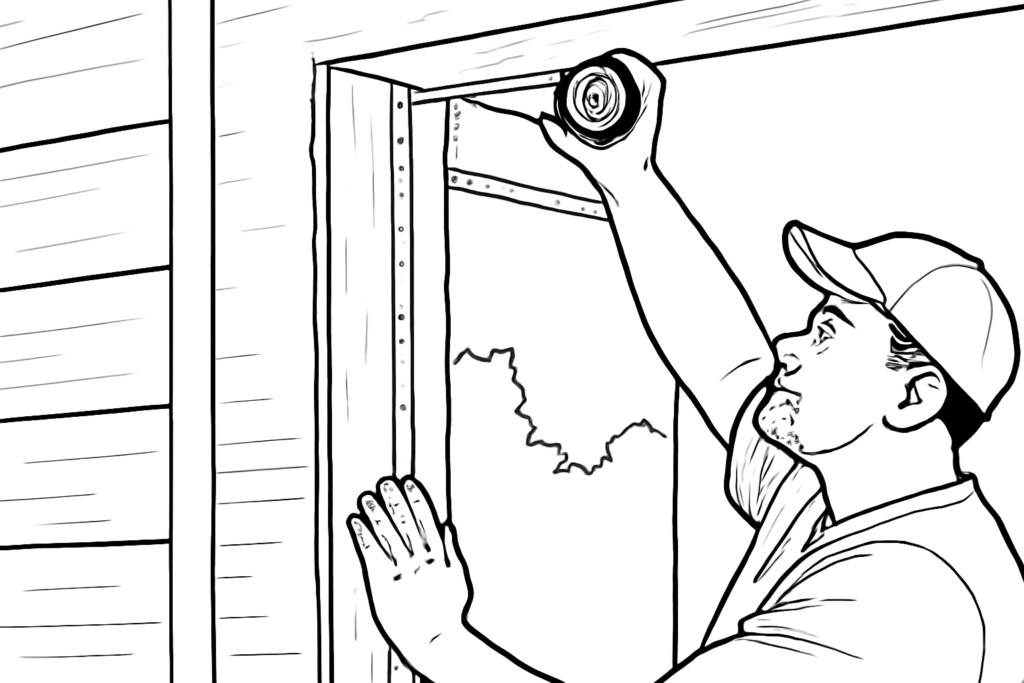
Equally important is understanding whether you’re working with:
- New construction (framed rough opening)
- Replacement in existing opening (trim intact or removed)
The workflow differs significantly. In new builds, you have direct access to framing; in replacement jobs, you’re often measuring from finished surfaces. Commercial doors may also require compliance with ADA clearance, requiring wider or taller openings and adjusted threshold measurements.
2. Measure the Rough Opening Width Precisely
Start by measuring the distance between the two vertical wall studs that frame the opening. Measure at three points—top, middle, and bottom—and record the smallest value. It’s common for studs to be out of plumb, especially in older structures, so relying on a single point is risky.
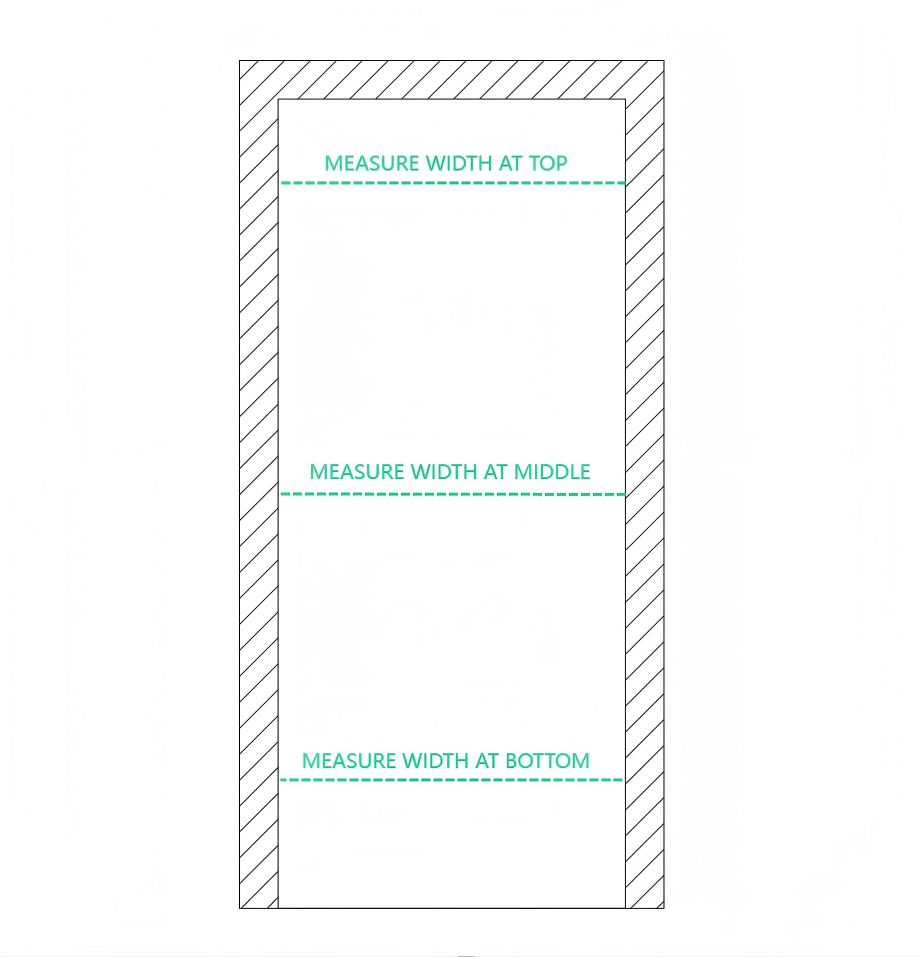
Allowances should be made to fit:
- The door slab
- The jamb frame (typically ¾” per side)
- Shims (⅛”–¼” per side)
- Installation clearance
Rule of thumb: For a 36″ door slab, the ideal rough opening width is 38″. This accounts for ¾” jamb thickness on both sides, plus ¼” shim space.
If you’re using a pre-hung unit, consult the manufacturer’s frame width; not all are standardized.
3. Measure the Rough Opening Height from the Right Datum
Always measure from the subfloor—not finished flooring like tile or laminate. This ensures you allow enough space for threshold, sill pan, and possible undercuts.
Measure the vertical distance from the subfloor to the bottom of the header, both on the left and right sides of the opening. Floors are often not level, so use the shorter measurement.
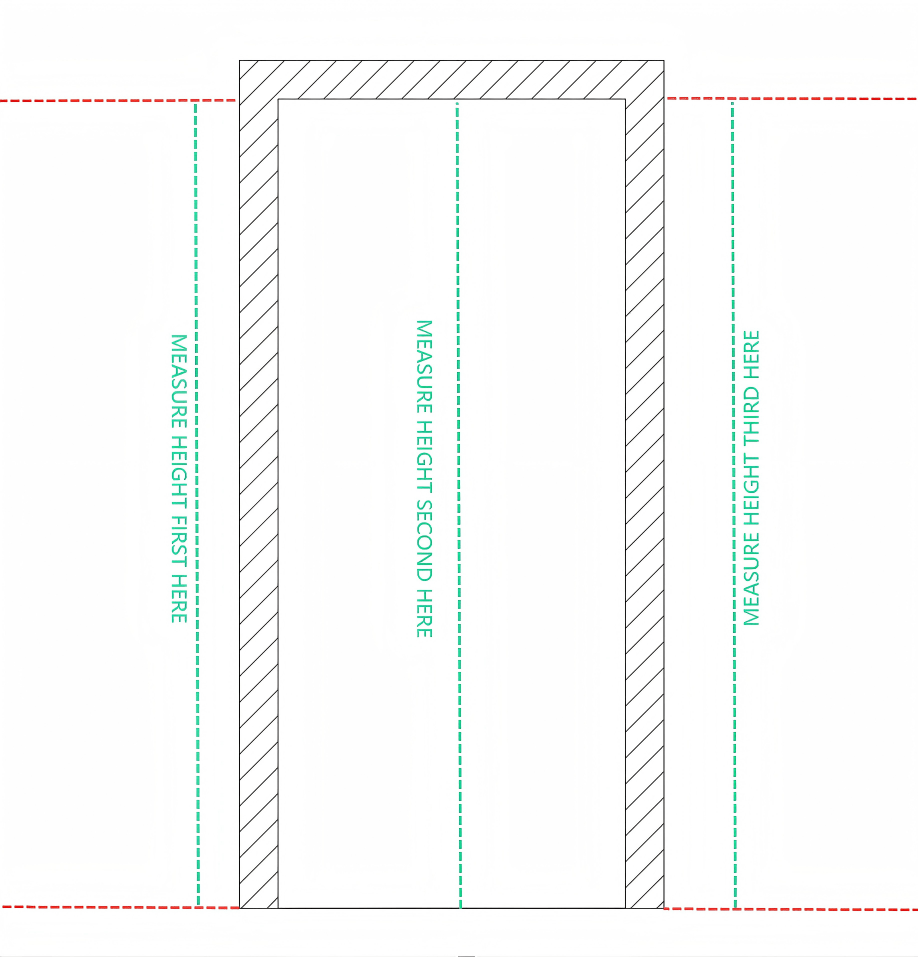
Typical guideline: For an 80″ door slab, the rough opening height should be 82½”, which includes:
- ¾” jamb head
- ¼” shim space
- 1¼” for installation tolerance, undercut, and flooring interface
On commercial projects, don’t forget to factor in automatic door closers or sill systems when calculating height.
4. Check Wall Thickness (Jamb Depth)
The depth of the wall—from interior drywall to exterior sheathing—determines your jamb size. Measure this at multiple locations along the opening. For standard 2×4 construction with ½” drywall, the wall depth is typically 4-9/16″. For 2×6 walls, expect 6-9/16″.
If drywall is bowed or inconsistent, take the average across several points.

Special considerations:
- In multi-layer walls (e.g., vapor barrier + paneling), jamb extensions may be required
- Brickmould applications need additional reveal measurements
- Retrofit installs may require custom jambs if wall depths exceed 7″
5. Determine If Trim Needs to Be Removed
For a true rough opening measurement, the casing or trim must be removed. In many residential settings, trim conceals ¾” of space on each side, giving false readings if left in place.
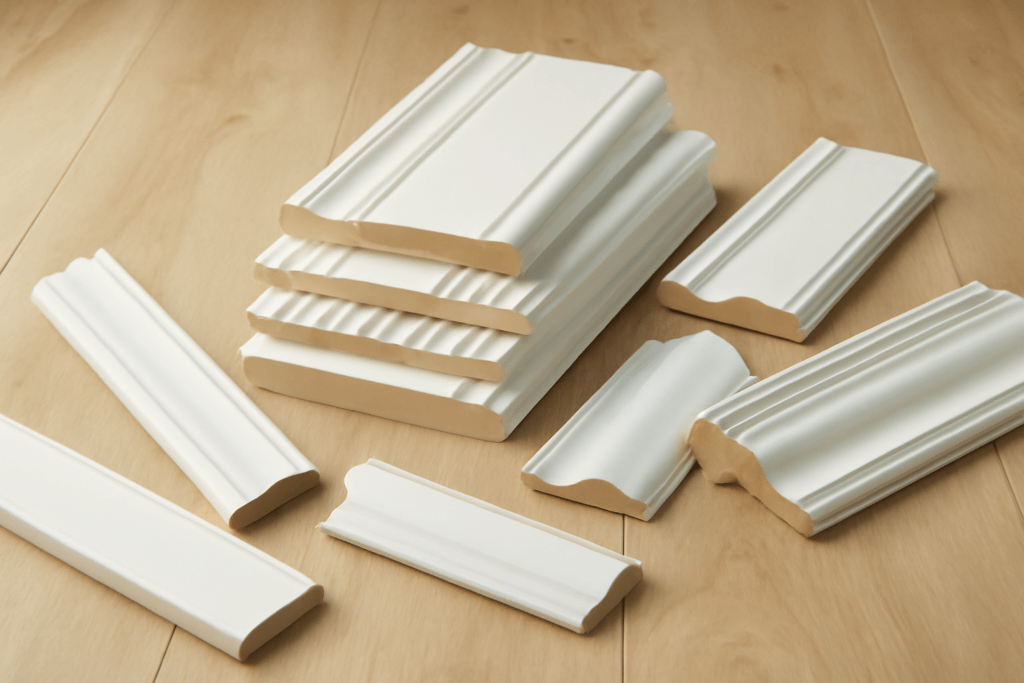
Trim removal is essential when:
- The door no longer closes properly
- The reveal is inconsistent
- There are signs of warping or settling
To remove trim:
- Score the caulk line with a utility knife
- Use a flat pry bar and gentle tapping to lift trim away
- Protect surrounding drywall with a putty knife as a buffer
In high-end interior spaces, you may consider removing only one side to reduce cosmetic damage while still accessing framing.
6. Adjust for Common Errors and Structural Variations
Even perfectly framed openings can shift due to moisture, settlement, or time. Be alert for:
- Studs that are out of plumb (check with a 4-ft level)
- Headers that sag slightly, especially in wider double-door openings
- Floor slopes, especially in basements or garages
Always square the opening using the diagonal measurement method:
- Measure corner-to-corner diagonally in both directions
- If the values differ by more than ⅛”, the opening is not square
You’ll need to correct this with shims during installation or request a custom pre-hung unit that accommodates irregular geometry.
7. Use Standard Rough Opening Size Tables When Appropriate
While custom openings exist, many jobs rely on standard door sizes. Here’s a quick guide:
| Door Slab Size (WxH) | Rough Opening (WxH) |
|---|---|
| 28″ x 80″ | 30″ x 82½” |
| 30″ x 80″ | 32″ x 82½” |
| 32″ x 80″ | 34″ x 82½” |
| 36″ x 80″ | 38″ x 82½” |
Note: Commercial doors may use 84″ or 96″ height standards. Always validate with project specs and door supplier tolerances.
8. Record, Label, and Double-Check All Measurements
Before placing an order or cutting any framing:
- Clearly label each measurement (Rough Width, Slab Height, Jamb Depth, etc.)
- Double-check with a second person if possible
- Include unit conversions (e.g., 2’8″ = 32″) if working across metric/imperial teams
Professional contractors often document in a standardized worksheet or tablet app, reducing errors and miscommunication with suppliers.
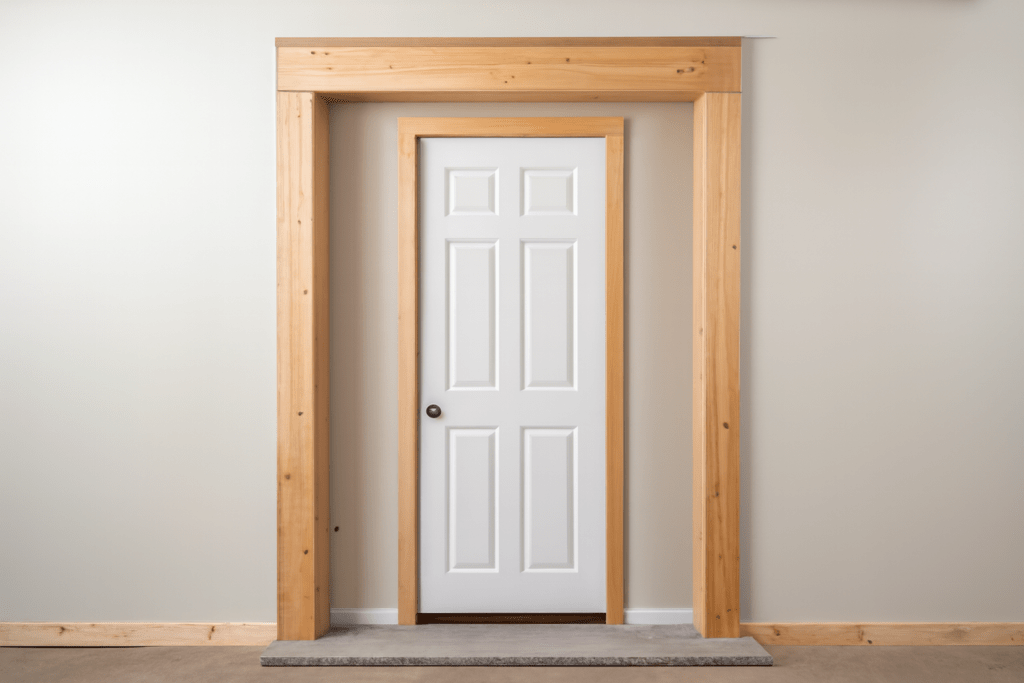
Conclusion
Measuring door openings may seem straightforward, but precision matters. Taking the extra time to measure thoroughly—across multiple points and with awareness of framing realities—pays off in reduced installation headaches, better fit, and fewer callbacks. Whether you’re framing rough openings in new construction or replacing units in older buildings, this guide gives you the clarity and consistency to get it right, every time.

